Sarah "Sassy" Vaughan (Artist Paper)
Sarah Lois Vaughan was born on March 27, 1924, in Newark, New Jersey to Ada and Asbury Vaughan, who moved from Virginia during World War I during the great migration. Vaughan’s mother Ada found work as a laundress, who paid by the piece and earned between $15 to $18 a week. Vaughan’s father Asbury worked as a carpenter for a slightly higher weekly earning than Ada. “The Hill” was known as the flourishing African American neighborhood, a part of the old Third Ward west of the commercial district. The family lived in a small duplex on the top floor at 72 Brunswick Street. Around the time that the family moved to Newark the area had become the slums, with living conditions that were not to the benefit of the tenants. Music was always apart of Vaughan’s childhood, having beautiful melodies permeate throughout the household. Sarah’s first musical experiences took place at Mount Zion church. It was said that as a toddler, she was extremely intrigued by the organ at the church. She was so intrigued that during the service she would sneak up to front of the church and sit with the organist. The interest that she had in the organ eventually led to her receiving weekly piano lessons from the church’s musical director and organist. Sarah’s father Asbury played the guitar and was always playing blues and country songs on it after his shifts at work. Sarah’s mother Ada was an incredible vocalist and pianist just as her daughter would become. It wouldn’t be long till Ada and Sarah did duets together.
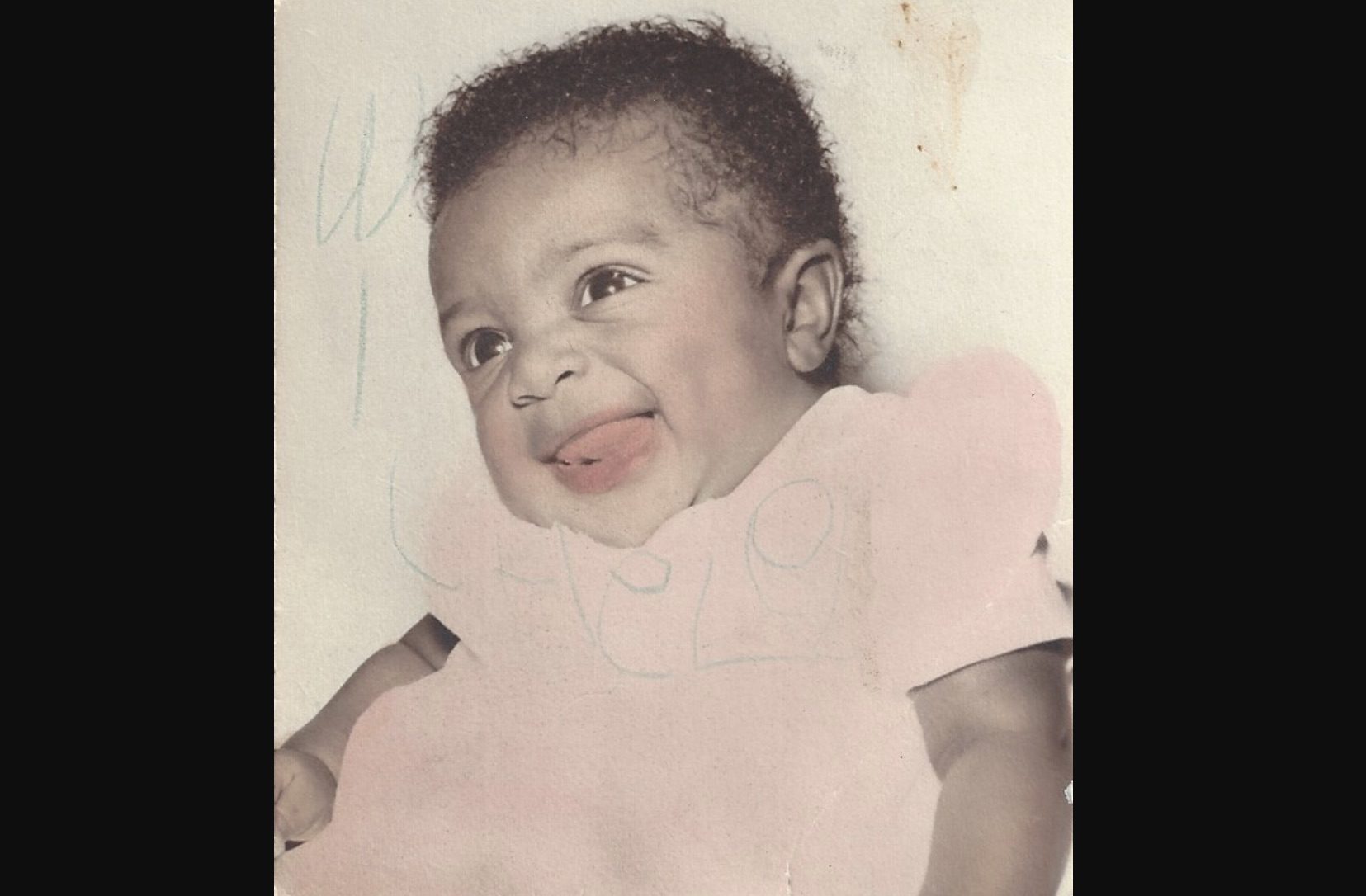
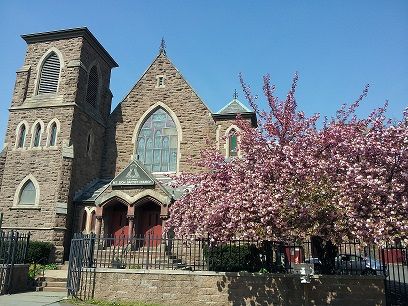
The Vaughan’s didn’t have much money, but they always managed to set enough money aside to get Sarah an occasional record. As Sarah continued to get older, her family would host Friday night musicals for her friends, members from the church, and anyone who wanted to join them from the neighborhood. In 1936, at the age of twelve Sarah began to be active in music groups at school and played the piano for the school’s boys’ glee club, as well as the orchestra. Sarah also provided her musical services playing the organ for the church’s junior and senior choir rehearsals and started to accompany the junior choir during the services. There was a host of musical opportunities beyond the church that Sarah grew up in. There were a couple of fancy white only clubs, restaurants, and hotels that at the time black people were prohibited from. The only place that was available to the black community was the Orpheum Theatre on Washington Street, which was black owned. Sarah and her friends at the age of twelve would round up enough money to sneak out the house and go hear shows at the best theaters in Newark. The group of girls heard many legendary artists from the Erskine Hawkin’s band to Josephine Baker.
By the time that Sarah was fifteen-year-old, in 1939, she was completely lost int the world of popular music. Childhood friends of Vaughan recall her rushing home from school to listen to jazz programs on the radio. Vaughan’s favorite afternoon jazz show was Bob Howard on CBS. Howard’s show specialized in showcasing popular jazz music, singing, and playing stride piano in the style of Fats Waller. Sarah was so in love with the program that she began to imitate what she heard, which were songs that were popularized by famed jazz vocalist Ella Fitzgerald. Singing for Sarah did not become a serious passion of hers until she transferred from East Side High School where she studied stenography, to Newark Arts High School her sophomore year. She never took formal vocal lessons, but instead found a group of friends her shared her same love and interest in the jazz. Vaughan would be seen regularly in “The Hill’s” nightclubs and made her unofficial debut at the Alcazar which was almost three blocks from where she resided. The Alcazar, nicknamed the “Zoo”, was one of Newark’s notoriously popular black operated and owned bars for musicians. One of the musician’s that frequently performed at Alcazar, Willie Johnson recalled that Sarah would sneak in through the side door of the club to perform. Although Sarah was extremely shy when she first started to perform at the “Zoo”, her unwavering passion to sing overpowered any fear that she may have felt.


At the age of sixteen, Vaughan dropped out of school. Sarah instead became more immersed in Newark’s ever-growing music scene. Trading her formal education to pursue an education in the genre of jazz, she took off on her own disciplined course of study with many of Newark’s professional musicians. By the year 1942, Sarah had become locally known and a well-respected member of the jazz community in Newark. Later that year, at the mere age of eighteen years old Vaughan stepped onto the legendary Apollo Theatre stage to perform at their famed “Amateur Night”. Little did Sarah know that she would end up winning the contest with her prize being ten dollars. It was then that Vaughan knew that she could make a career out of being a jazz singer. Vaughan wasn’t the only one who believed in herself – Earl Hines hired her to be a part of his big band as a singer and second pianist due to a recommendation by Billy Eckstine. Sarah would go on to eventually join Eckstine’s band in 1944, as well as recording her very first record.
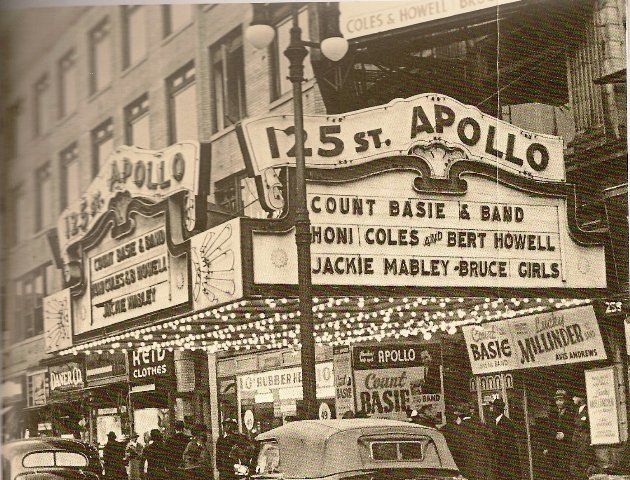
It was the year 1945, in which Sarah began her solo career. Vaughan started out by freelancing in New York City at the Three Deuces, the Downbeat, and the Onyx Club on 52nd Street. In May of that year, she recorded “Lover Man” for Guild Records with a quintet including iconic musicians, trumpeter Dizzy Gillespie and saxophonist Charlie Parker. After being invited to record “Time and Again” by violinist Stuff Smith in October of that year, Vaughan was offered a recording contract by Albert Marx who was the owner of the label Musicraft. Although Sarah didn’t start recording with Musicraft until the following year, she continued to perform, having regular shows that were held at Café Society, an integrated club in Sheridan Square in New York. Vaughan’s stent at Café Society led her to become friends with George Treadwell a trumpeter who eventually became her manager. Treadwell is the man responsible for developing Sarah into the phenomenon that the world knows her as. While at Musicraft, Sarah recorded hits like “If You Could See Me Now”, “Body and Soul”, and “Don’t Blame Me”. Being that George and Sarah’s professional relationship was extremely solid, they ended up getting married on September 16, 1946. Vaughan continued to have great success with Musicraft through the years 1947 and 1948 releasing her hit record “Tenderly” and “It’s Magic”.
In 1948, Musicraft went bankrupt due to the musicians’ union ban. Vaughan used that as an opportunity to sign with a much bigger label, that being Columbia records. Sarah was with Columbia records until 1953. With Columbia Sarah released records that made an impact entitled “Nice Work If You Can Get It”, “Mean to Me”, and “The Lucky Old Sun”. The summer of 1949 was a monumental year for Sarah’s career. Vaughan made her first appearance performing with a symphony orchestra for a benefit concert “100 Men and a Girl” for the Philadelphia Orchestra. Sarah’s relationship with Columbia went left as she became dissatisfied the material being given to her and the low financial earnings.
Treadwell was able to negotiate a contract for Vaughan with Mercury records in 1953. While she was with Mercury she recorded commercial material for them, and jazz centered material for their subsidiary label EmArcy. Sarah was with Mercury until the year 1959. Vaughan’s first commercial hit with the label was “Make Yourself Comfortable” which was recorded in the 1954 in the Fall. The hits kept coming with “Whatever Lola Wants”, “How Important Can It Be (with Count Basie), and “Misty”. Vaughan toured non-stop in the mid 1950s, performing at jazz festivals and other venues around the country. Although Treadwell and Vaughan’s busy relationship was thriving, their marriage was crumbling, and she filed for divorce in 1958.
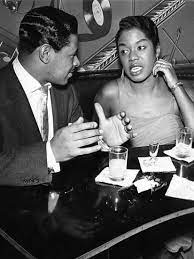
Sarah craved a relationship that mixed business and pleasure, and on September 4, 1959, she got married to Clyde Atkins who then became her manager. Being that Sarah’s contract with Mercury just ended, she signed a deal with a smaller record label Roulette. Vaughan started to record for the label in April of 1960. She made multiple large ensemble albums arranged by some of the biggest producers like Quincy Jones, Billy May, and Gerald Wilson. She was able to achieve pop chart success while at Roulette with songs like “You’re My Baby”, “Serenata”, and “Eternally”. In 1961, Sarah and her husband Clyde adopted a daughter, Deborah Lois Atkins, known as Paris Vaughan in the music industry. There a lot of ups and downs in Clyde and Sarah’s marriage, domestic violence being one of them and in November of 1963 Sarah filed for divorce. Shortly after Vaughan’s second divorce her contract with Roulette ended. After signing with two more labels, and both ending with her being dropped, Sarah stated “I don’t give a damn about record companies anymore!” being elated that she could finally make her own decisions with it came to the material that she wanted to release.
Filmmaker Thomas Guy, in 1977 followed Sarah on tour to film the documentary Listen to the Sun. It showcased Vaughan traveling through South America, her favorite country to visit being Brazil. In the documentary, Sarah called the city of Rio “The greatest place I think I’ve ever been on earth!”. After being dropped by Atlantic, Sarah tried her hand at producing wanting to release her own Brazilian music. With the help of famed Brazilian producer Aloísio de Oliveira, Vaughan record and released her album I Love Brazil!. The album featured multiple Brazilian artists Antonio Carlos Jobim, Jose Roberto Bertrami, and Milton Nascimento. The album was complete and ready to go, but there was one problem – Sarah did not have a label to release it. Being that she was a “free agent” it was imperative to her that she had some backing, so she signed to the record label Pablo that was ran by Norman Granz. Vaughan had known Norman Granz for over twenty years being that she performed with him for one of his Jazz at the Philharmonic tours in 1948. In 1978, Vaughan recorded her album How Long Has This Been Going On?, which was a jazz album including some veterans of the genre Joe Pass, Ray Brown, and Oscar Peterson. Both I Love Brazil! and How Long Has This Been Going On? Where both nominated for Grammys.
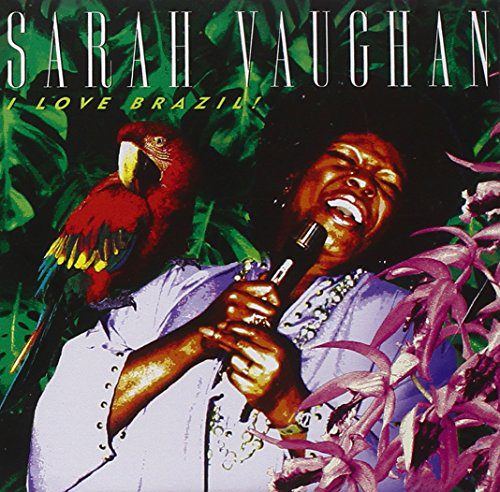
It was the summer of 1980, that Vaughan received a plaque on 52nd Street located outside the CBS Building preserving the jazz clubs that she frequently performed in at the beginning stages of her career. Sarah ended her contract with Pablo in 1982. In 1986, Vaughan got her first Broadway experience recording two songs as the character Bloody Mary for the musical production South Pacific – while sitting on the floor might I add. Sarah’s final album Brazilian Romance was recorded in 1987 and was produced by Sérgio Mendes. Her final studio recording was a duet with Ella Fitzgerald on Quincy Jones’ 1989 album Back on the Block.

Towards the end of 1989, Sarah’s health began to decline. Vaughan was booked for multiple show appearances in Europe and had to cancel due to her illness. During a short residency at Blue Note Jazz Club in New York, Sarah was diagnosed with lung cancer. It is said that she was too ill to perform on her last day of what would be her final series of performances. Sarah returned to her home in California to undergo chemotherapy. Vaughan spent her last couple of months on this earth going back and forth between her home and hospitals. On April 3, 1990, while watching the television film Laker Girls, in which her daughter Paris starred in Sarah passed away. Vaughan’s funeral service was held in her childhood church Mount Zion Baptist Church in Newark, New Jersey.
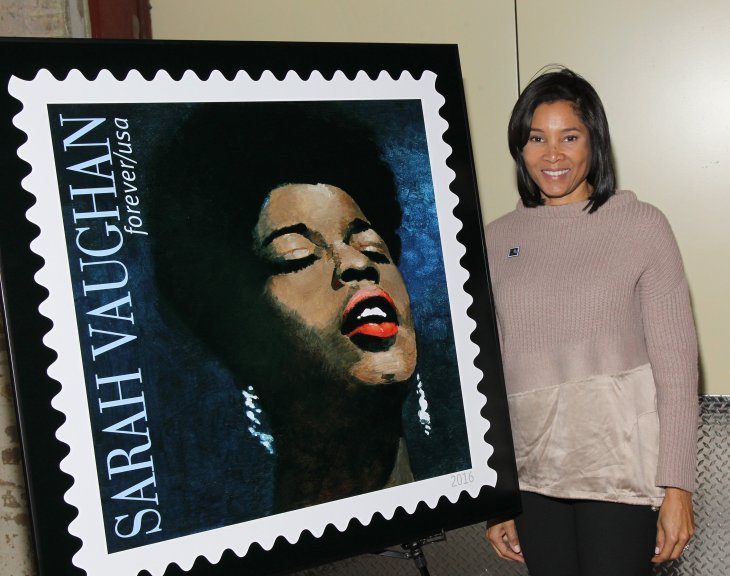
Sources:
Hayes, Elaine, Queen of Bebop “The Musical Lives of Sarah Vaughan,Harper Collins,2017
https://www.arts.gov/honors/jazz/sarahvaughan#:~:text=Winner%20of%20the%20amateur%20contest,recording%20under%20her%20own%20name

